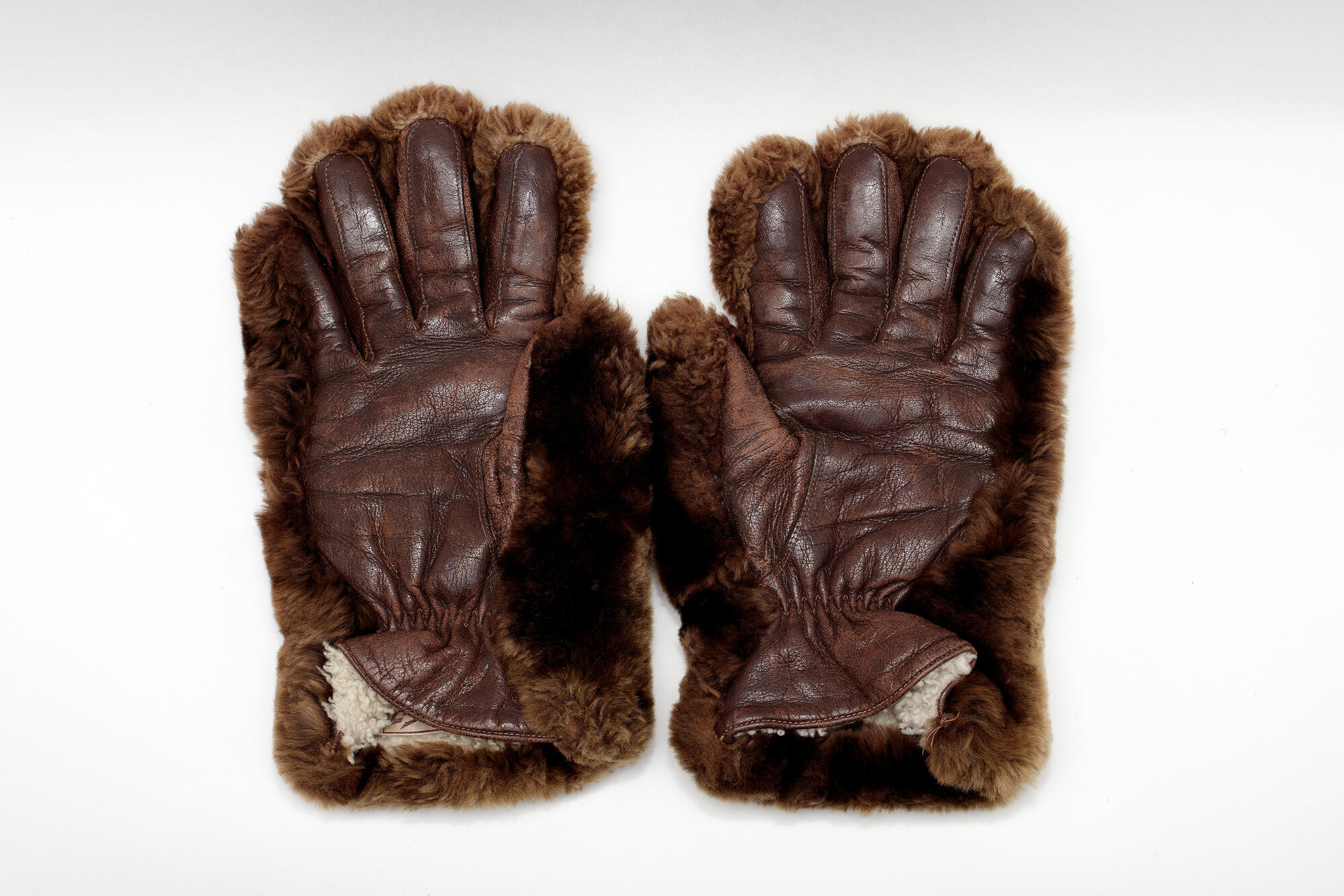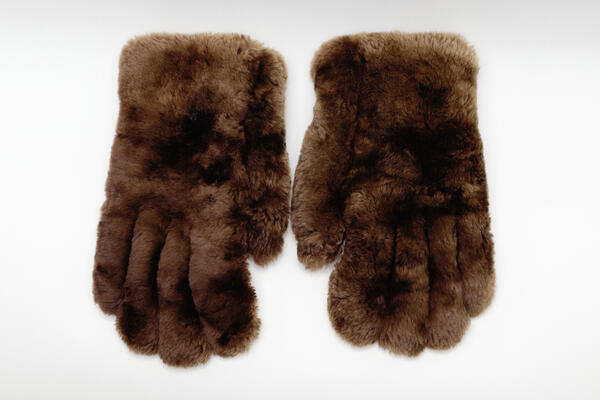The Russian word for gloves is “perchatki” which comes from the word “perst”, meaning finger. This item of clothing was also called “finger gloves”, “perstatki” and “pereshatki”. Gloves first appeared back in ancient Rome, where they were a symbol of high social status. The most ancient gloves were found in the tomb of Pharaoh Tutankhamun.
The first gloves were like mitts and had no fingers. They were used to protect the hands during meals, as well as when shooting arrows with a bow. In the Middle Ages, gloves were a part of knight’s armor — first as a continuation of the sleeves of chain mail, and then as separate elements. With the advent of plate armor, a metal plate was attached to the back side of the mail glove to protect the hand and fingers. Gloves made of thick leather protected the hands of hunters and fishermen, especially in the north.
Gloves also had a symbolic meaning: they were part of secular etiquette. In the Middle Ages, gloves, along with an amethyst ring and a staff, were handed to a person appointed to the post of bishop as a sign of his authority. Ladies gave gentlemen a glove as a sign of affection — it was customary to attach such a gift to a headdress. Soldiers received gloves when they were knighted.
People used gloves to challenge each other to duels. This is reflected in the fact that many European languages have idioms such as “throw down the glove”, which means “to start a dispute”. At the same time, it was considered rude to greet someone without taking off one’s gloves. It was required to take off one’s gloves when entering a church — this rule is still preserved in Catholic churches today.
In the 12th century, workshops of glovemakers appeared in Italy and France. Their craft was very honorable, and gloves were considered a luxury item. In the 16th century, the glove was extended to the elbow — this fashion was introduced in 1566 by Queen Elizabeth I of England at a reception in Oxford.
In the 16th–17th centuries, apart from having different uniforms and weapons from their subordinates the officers of the Russian streltsy unit also had a cane and mittens or gloves that went up to the wrist.
The fur gloves on display were made by the Ellesse company, which was founded in 1959. Its name is made up from the initials of the founder — the Italian fashion designer Leonardo Servadio.



